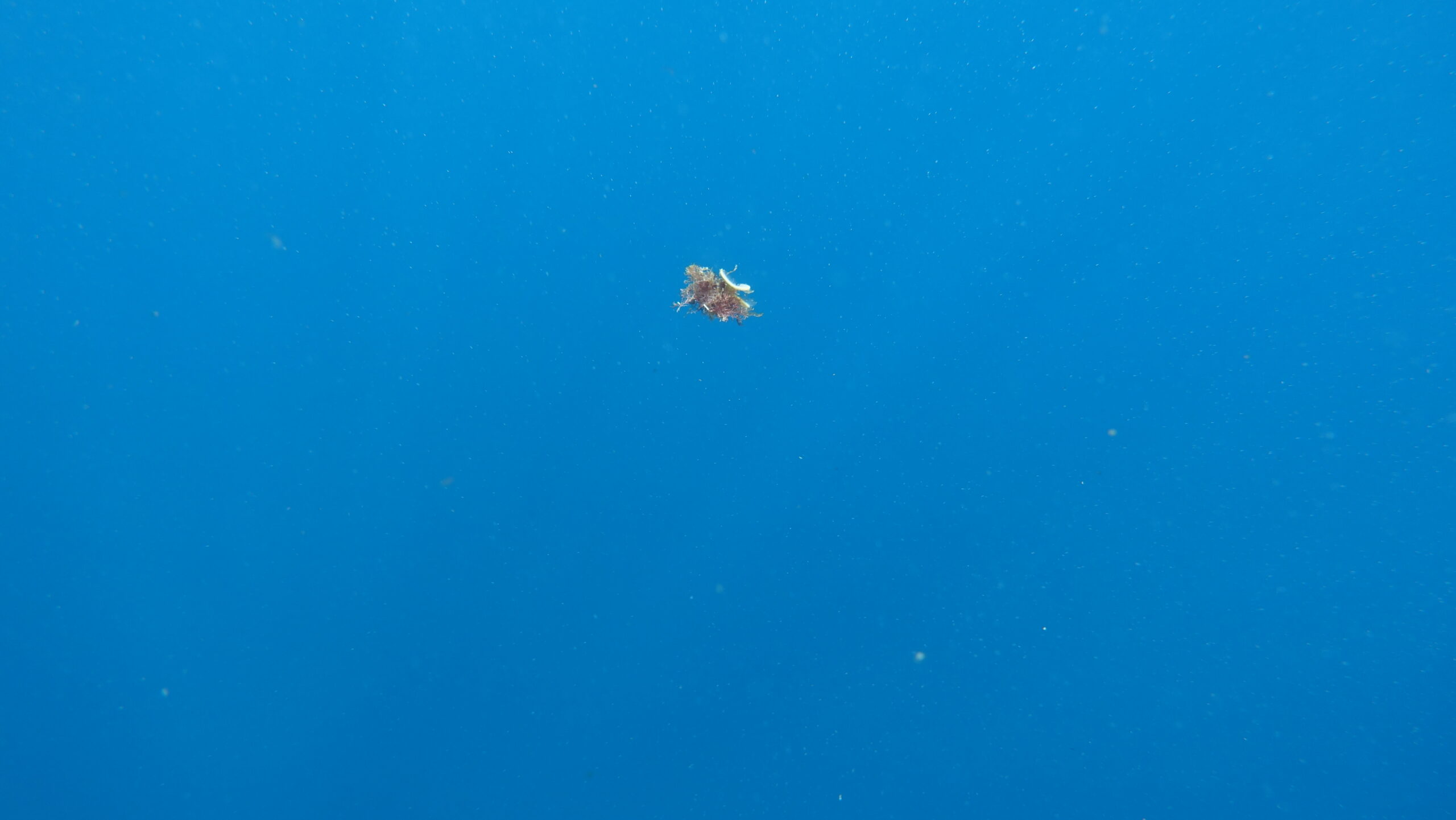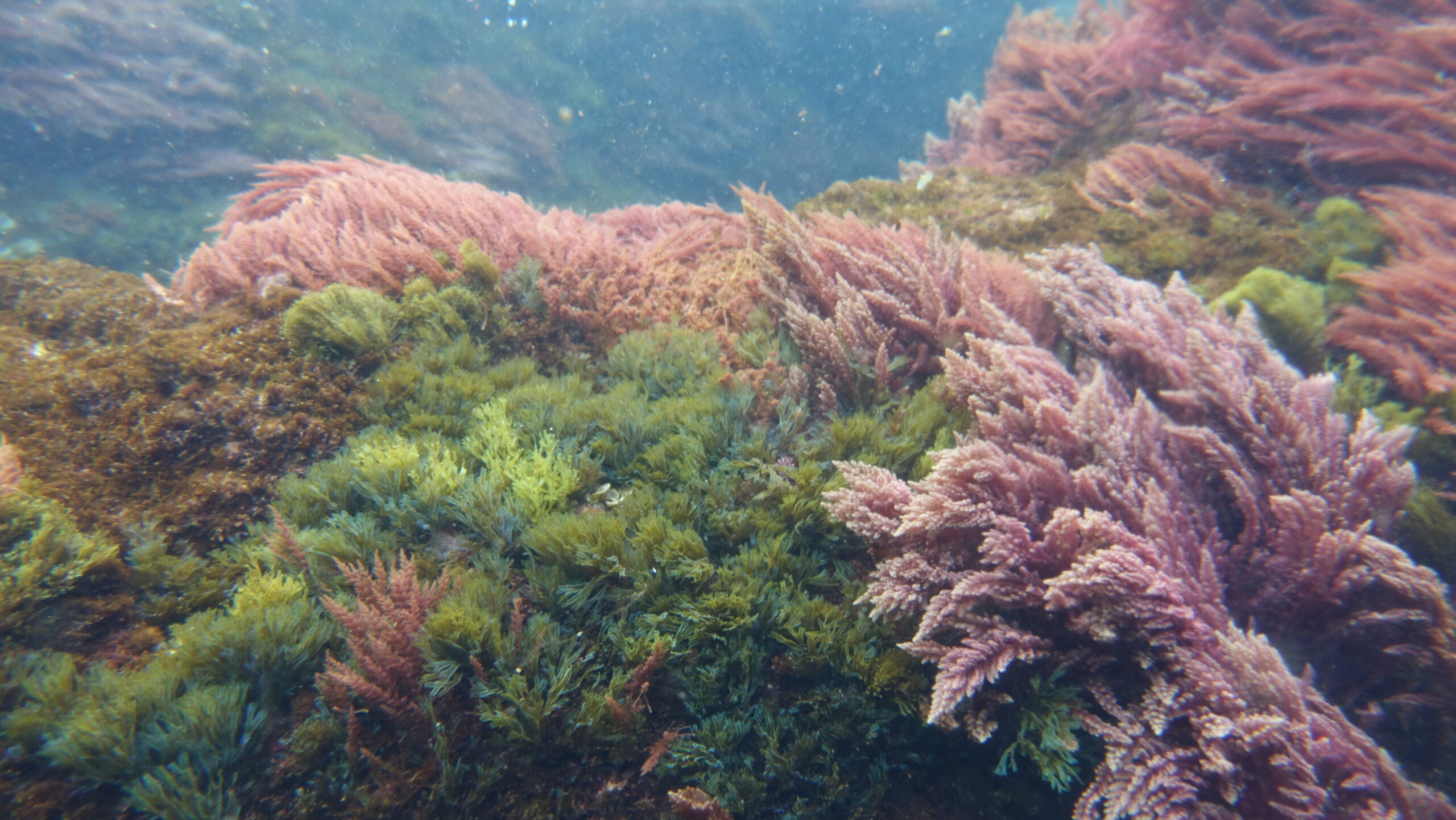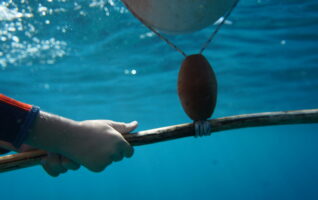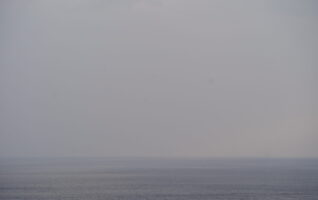Forms of earthly bias, 2024
 photo Sea-Water Amplification (SWA) Azores, Atlantic Ocean 2024
photo Sea-Water Amplification (SWA) Azores, Atlantic Ocean 2024
Forms of terrestrial bias that shape aquatic ecological concepts. How can this bias be overcome? In the ocean, it’s much more difficult to distinguish between plants and animals. Access to water is actually the driving force, whereas in the ocean, access to water is not the problem. So it’s not water that shapes the ecosystems in the ocean. On land, you see all sorts of adjustments to get more water. In the ocean, it’s mostly adaptation. On land, it’s the acquisition of food or energy sources that drives evolution.
Climate = earth’s energetic balance. (Journal entry)
Different water qualities = different sensitivities.
It’s not possible to determine boundaries exactly.
Different water body segmentation. (Journal entry)
The ocean provides a ferent environment for understanding space, time, movement and the experience of being in a transformative and constantly moving (mobile) world.
 photo Sea-Water Amplification (SWA) Azores, Atlantic Ocean 2024
photo Sea-Water Amplification (SWA) Azores, Atlantic Ocean 2024
I often wonder if it’s the land that’s limiting us. (Journal entry)
The ocean is not just liquid. It’s also solid in the form of ice and ice sheets. Airy, like fog. It creates winds that drive smells, and these can emotionally affect the climate of the ocean mile inland. It’s as if the liquid nature of the ocean is constantly being produced and dispersed.

 photo Sea-Water Amplification (SWA) Azores, Atlantic Ocean 2024
photo Sea-Water Amplification (SWA) Azores, Atlantic Ocean 2024

